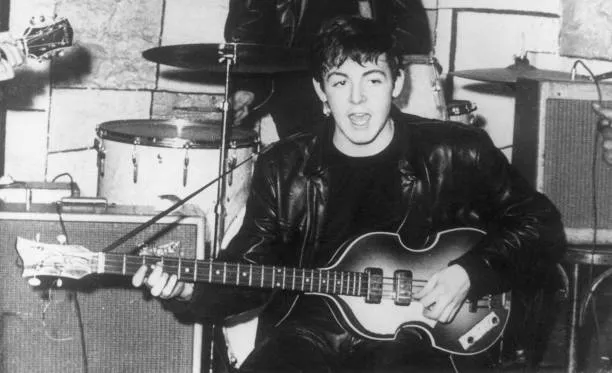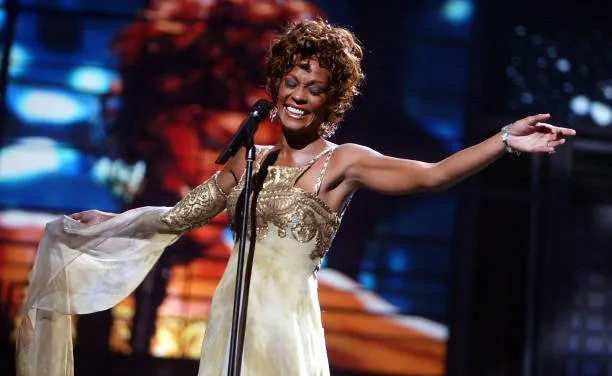Paul McCartney, the legendary bassist and songwriter of The Beatles, not only influenced music but also played a significant role in shaping the fashion and cultural trends of the 1960s. One of the most recognizable aspects of McCartney’s image during this period was his hairstyle. This seemingly simple aspect of his appearance became a defining look of an iconic era, symbolizing the revolutionary spirit of the decade.
The Early 1960s: The Mop-Top Emergence

When The Beatles first burst onto the scene in the early 1960s, their appearance was a stark departure from the greased-back hair and leather jackets of the 1950s rockers. Instead, they sported what came to be known as the "mop-top" hairstyle—a look characterized by its long, straight fringe and uniform length around the head. Paul McCartney, along with John Lennon, George Harrison, and Ringo Starr, adopted this hairstyle under the influence of their manager, Brian Epstein, who sought to create a clean, approachable image for the band.
The mop-top was more than just a haircut; it was a cultural statement. It represented a break from the past and an embrace of a new, modern aesthetic. McCartney's mop-top, with its neat yet slightly rebellious appearance, captured the youthful exuberance and optimism of the early 1960s. It was a style that resonated with the burgeoning youth culture, which was beginning to assert its identity and influence.
Mid-1960s: The Evolution of Style

As The Beatles’ music evolved, so did their style. By the mid-1960s, McCartney’s hairstyle began to reflect the more experimental and psychedelic phase of the band’s career. This period saw McCartney and his bandmates growing their hair longer, with less structured cuts that mirrored the free-spirited ethos of the time.
During the "Rubber Soul" and "Revolver" eras, McCartney’s hair grew shaggier, with a more relaxed, natural look. This change coincided with the band’s exploration of new musical territories and their increasing interest in Eastern philosophies and countercultural movements. McCartney’s evolving hairstyle was emblematic of a broader cultural shift towards greater individualism and artistic expression.
Late 1960s: From Mop-Top to Hippie Chic

By the late 1960s, The Beatles had fully embraced the counterculture, and McCartney’s hairstyle reflected this transformation. His hair grew even longer, often accompanied by a full beard or mustache, as seen during the "Sgt. Pepper's Lonely Hearts Club Band" and "White Album" periods. This look was far removed from the clean-cut image of the early Beatles, symbolizing the band’s—and the era’s—embrace of experimentation and change.
McCartney’s hair during this period became a symbol of the hippie movement, characterized by its rejection of traditional norms and its embrace of peace, love, and artistic freedom. His long hair and facial hair conveyed a sense of maturity and introspection, reflecting the band’s journey from pop icons to serious musicians and cultural leaders.
Cultural Impact and Legacy

Paul McCartney’s 1960s hairstyle had a profound cultural impact, influencing fashion and hairstyles for men around the world. The mop-top, in particular, became a defining look for the decade, widely imitated by fans and even spawning the term "Beatlemania." McCartney’s evolving hairstyles throughout the decade mirrored the social and cultural changes of the 1960s, making him a style icon as well as a musical legend.
The significance of McCartney’s hairstyles extends beyond mere aesthetics. They represented the changing attitudes and aspirations of a generation. From the polished mop-top of the early 1960s to the untamed locks of the late 1960s, McCartney’s hair was a visual representation of the decade’s journey from innocence to experimentation, from conformity to individuality.
Conclusion
Paul McCartney’s hairstyles during the 1960s were more than just a personal choice; they were a reflection of the era’s dynamic cultural landscape. His ever-changing look captured the spirit of a decade defined by transformation and creativity. McCartney’s hair, much like his music, continues to be celebrated as an enduring symbol of one of the most iconic periods in modern history.



